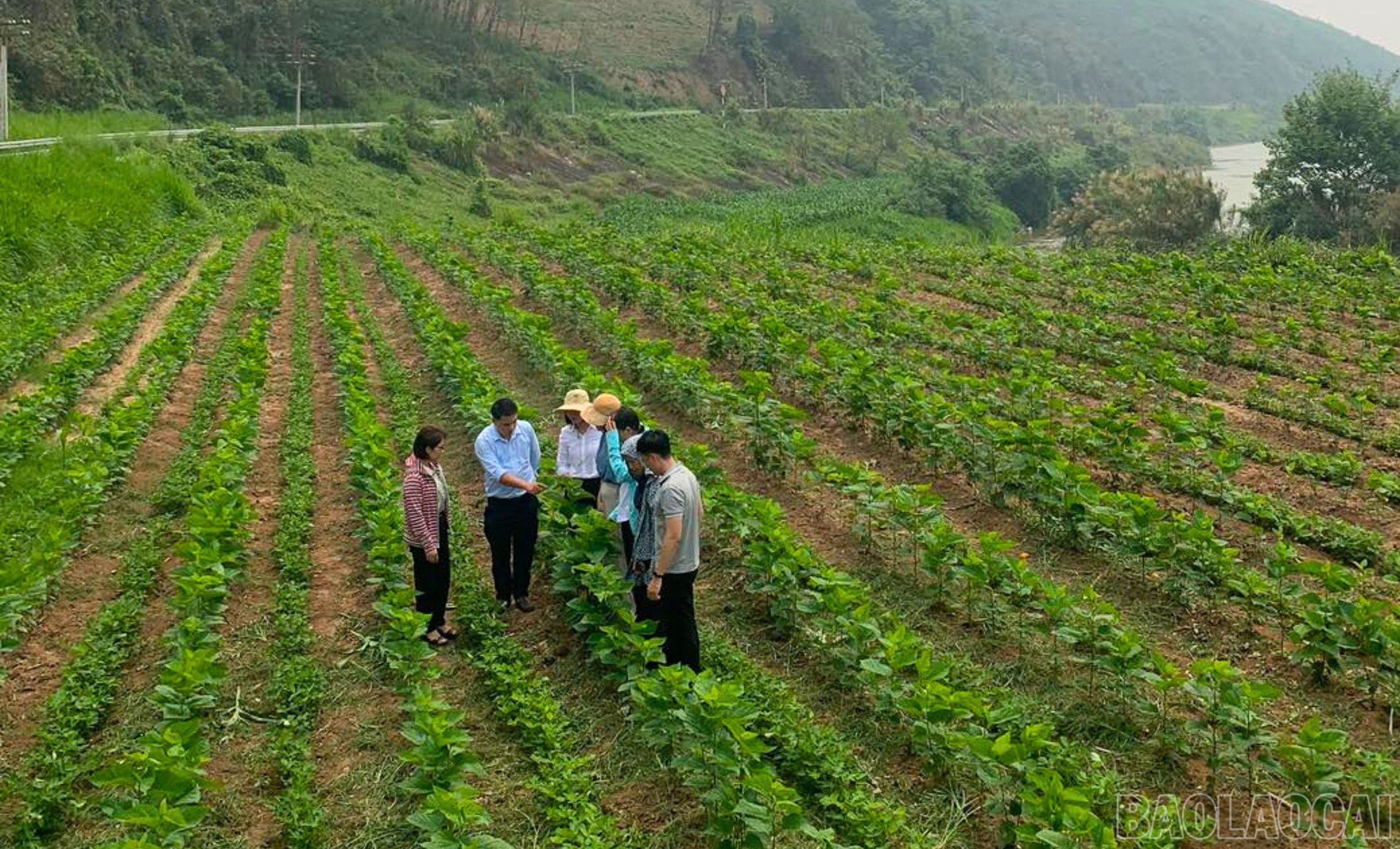
According to the assessment of the District People's Council, the development of mulberry growing and silkworm raising areas in the district still faces some difficulties, such as: not being proactive in the source of silkworm eggs, mostly still depending on imported breeds from abroad, leading to the maintenance of unsustainable silkworm raising; there is still a lack of seedling sources to supply to people participating in the project; the purchase price of cocoons according to the value chain is lower than the market price, leading to people not being interested in participating.
Along with that, some communes have implemented the project slowly, not meeting the targets assigned by the district, in which Nghia Do commune currently has no new planting area. The disbursement of capital to support people participating in developing mulberry cultivation and sericulture according to the value chain is still stuck in terms of beneficiaries, so the disbursement rate has not met the requirements.
The survey in the communes also showed that the mulberry growing areas of households in the area are small and fragmented; the fields of households that want to grow mulberry for silkworms are mixed with fields that grow many other crops, which poses a risk of pests and diseases infecting mulberry trees, directly affecting the food source for silkworms, reducing productivity and cocoon quality.
In order to sustainably develop the mulberry growing area in the area, the District People's Council proposed that the People's Committee of Bao Yen District develop a mechanism to support plants, breeds and necessary conditions to encourage households participating in the project to actively expand the area. At the same time, propose to competent authorities to adjust the regulations on subjects participating in the project "Developing mulberry cultivation and sericulture according to the value chain" under the National Target Program on New Rural Development in the direction of expanding the subjects to communes in region 3 to ensure that capital can be disbursed.
Bao Yen has identified mulberry as one of the key crops and encouraged its development in the alluvial plains along rivers and streams in 6 communes: Kim Son, Cam Con, Bao Ha, Viet Tien, Xuan Thuong, Nghia Do. The district strives to restore the entire area to the pre-Covid-19 level (about 300 hectares) by the end of 2025, and increase the mulberry growing area in the district to 500 hectares by the end of 2030; at the same time, calling for investment in at least one silkworm nursery in the area.
In some localities such as Kim Son and Viet Tien, people have actively participated in the project, mastered the technical process of growing mulberry and raising silkworms for cocoons, thereby having a stable income and gradually developing the household economy .
Source: https://baolaocai.vn/khao-sat-du-an-trong-dau-nuoi-tam-tren-dia-ban-huyen-bao-yen-post399792.html





![[Photo] Readers line up to visit the photo exhibition and receive a special publication commemorating the 135th birthday of President Ho Chi Minh at Nhan Dan Newspaper](https://vphoto.vietnam.vn/thumb/1200x675/vietnam/resource/IMAGE/2025/5/17/85b3197fc6bd43e6a9ee4db15101005b)
![[Photo] Nearly 3,000 students moved by stories about soldiers](https://vphoto.vietnam.vn/thumb/1200x675/vietnam/resource/IMAGE/2025/5/17/21da57c8241e42438b423eaa37215e0e)





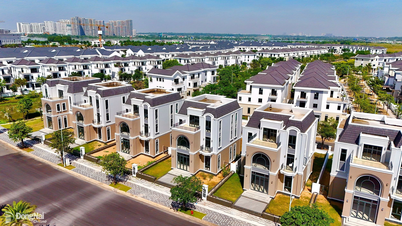

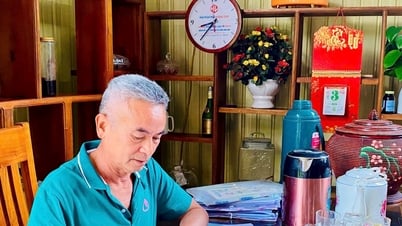

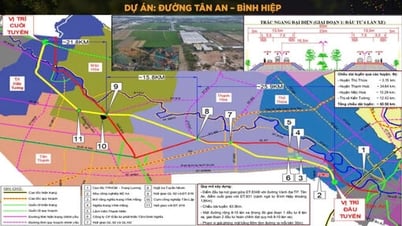






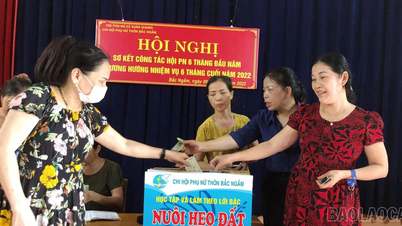


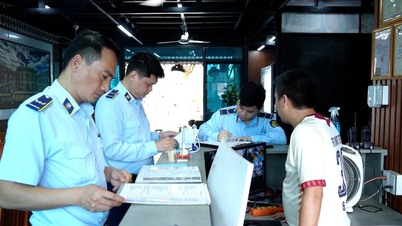
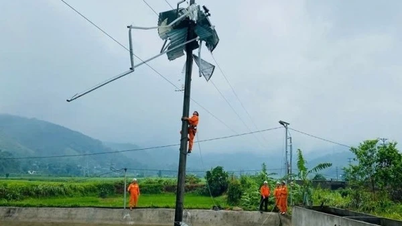
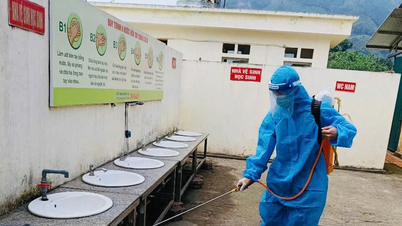


















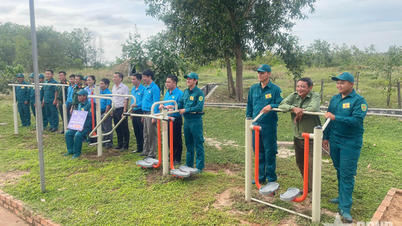































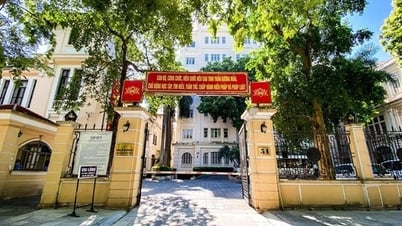

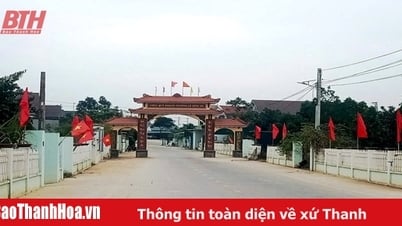
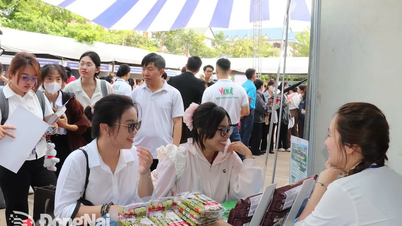
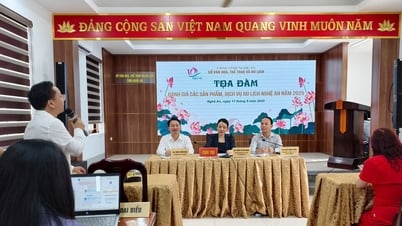









Comment (0)